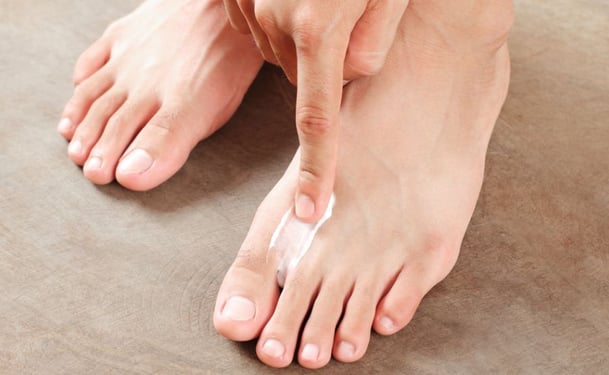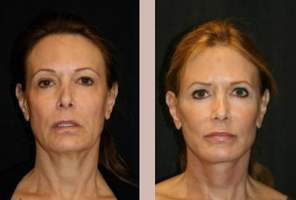Athlete’s foot, or tinea pedis, is an uncomfortable skin condition that is actually a kind of fungal infection causing changes in the skin on a person’s feet, particularly on the heel or between the toes. Similar conditions are called by different names when they affect other areas of the body. Athlete’s foot can cause burning or itching sensations, along with scaling of the skin, toenail discoloration and other symptoms.
This condition can be extremely persistent, and doctors recommend different kinds of medications according to the severity of the infection. Different kinds of athlete’s foot include the more common toe web infection, as well as a moccasin type infection, which generally includes soreness of the foot, and a vesicular kind of infection where blistering often occurs.
Non-Prescription Topical Solutions
In lots of cases, over-the-counter topical ointment creams can help clear up a case of athlete’s foot. Medications like clotrimazole (known by brand names like Lotrimin) or terbinafine (known by brand names like Lamisil) can be effective in treating athlete’s foot. These common creams are popular and sold at most local pharmacies.
Home Care
Along with using topical solutions, doctors also recommend some common sense home care tips in order to stop the spreading of athlete’s foot and to help diminish it in the affected areas. Those dealing with athlete’s foot should keep their feet dry, which includes changing socks frequently, wearing the right kinds of shoes, and applying topical treatments frequently. It’s also a good idea to avoid contact with shared surfaces in order to make sure that you don’t keep acquiring more of the fungal elements that cause the condition.
Prescription Medications
In other cases where athlete’s foot is more persistent, doctors might tell patients to use prescription medications, like naftifine or miconazole, in order to clear up the fungal condition. Some patients may get actual oral medications, which doctors often use as a last resort because of the expense and the intensity of the medications (which may cause side effects).
Natural Remedies
In addition to the above, some doctors recognize some natural remedies as potentially effective in treating cases of athlete’s foot. Garlic oil or other similar materials can help diminish this dermatological condition. For some kinds of athlete’s foot, called vesicular athlete’s foot, symptoms include blistering, where doctors may help patients drain the blisters. They might recommend home care with elements like Burow’s Solution in a foot bath.
When you develop the symptoms of athlete’s foot, it’s important to check in with your local doctor to see if your condition is actually athlete’s foot or something more serious. In these consultation visits, doctors can recommend the best treatment for your specific case of athlete’s foot or other skin condition. Working with qualified medical professionals, you should be able to eventually clear up your athlete’s foot or keep it under control for the long term.



